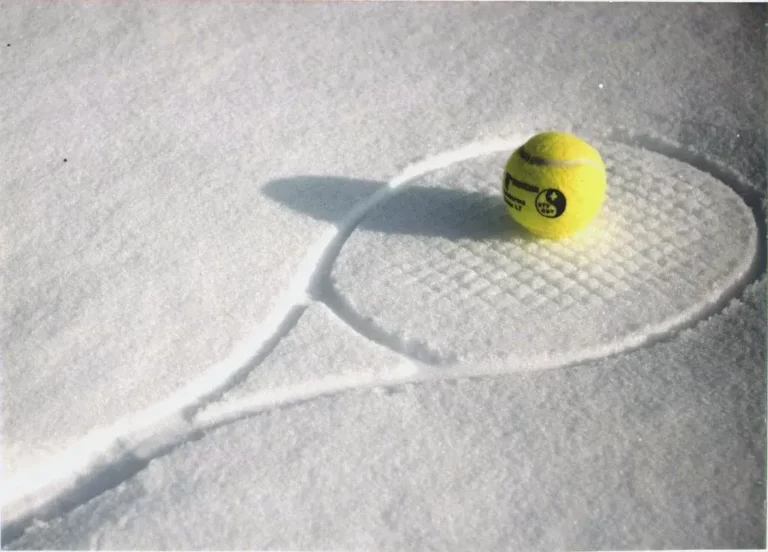What Does Walkover Mean In Tennis?
In tennis, a walkover happens when a player notifies the match official that they won’t be participating in their scheduled match. This is distinct from a retirement, which occurs when a player leaves a game in the middle of it and concedes to the other team.
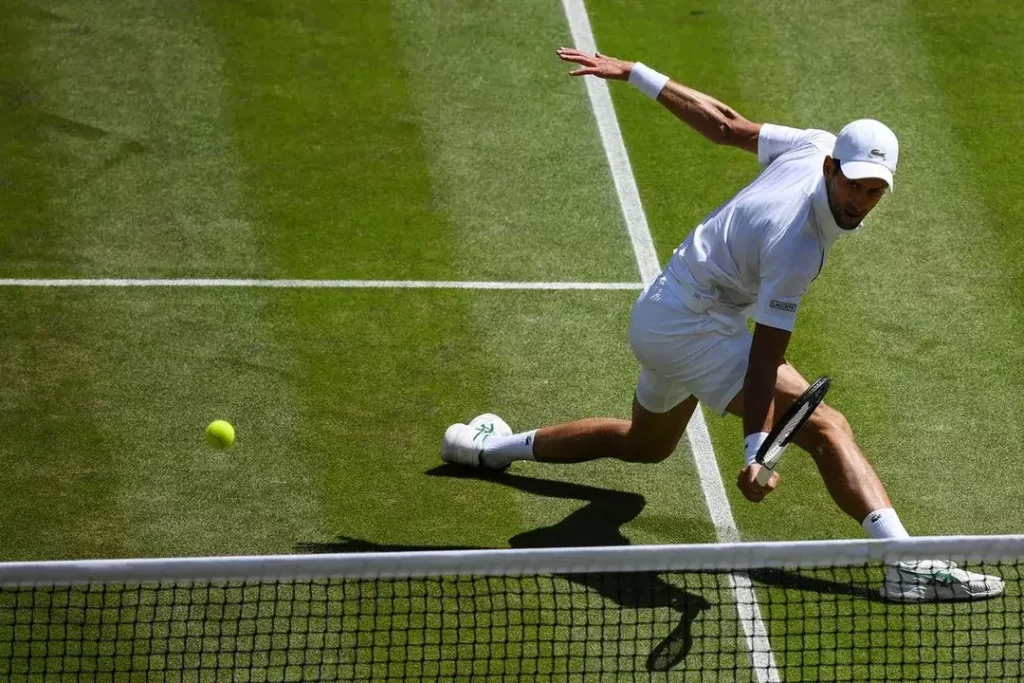
Tennis rules comprehension is essential for raising your level of play. A few distinct aspects of the game come into play when you start playing more competitive matches, more so than in recreational tennis. The walkover is one of these. When a walkover occurs during tournament play, the opponent is practically handed the victory without having to enter the court themselves.
We’ll examine what a walkover in tennis is, how it affects your bets, the many kinds of walkovers in tennis, and some of the most well-known walkovers in the sport in this post. So let’s put on our tennis shoes and get started!
What is a Walkover in Tennis?
Before we delve into the intriguing world of walkovers in tennis, let’s ensure what is a walkover in tennis.
In tennis, a walkover happens when a player or team doesn’t show up for a match that has been planned, giving their opponent the win outright. It’s like making a basket without exerting much effort! A walkover is less enjoyable than it would appear, though. It frequently occurs for a variety of causes, including harm, illness, disqualification, or personal emergencies.
You’ll look at the YouTube video I provided below to understand what a walkover in tennis is. Let’s watch the video for a moment.
How Does a Walkover Affect Your Tennis Bet?
The significant game-changer now is how a walkover affects your tennis bets. Imagine that you were betting on a player to win the match, and then suddenly, they received a walkover. What does that imply for your hard-earned money?
Walkover and Bet Outcomes
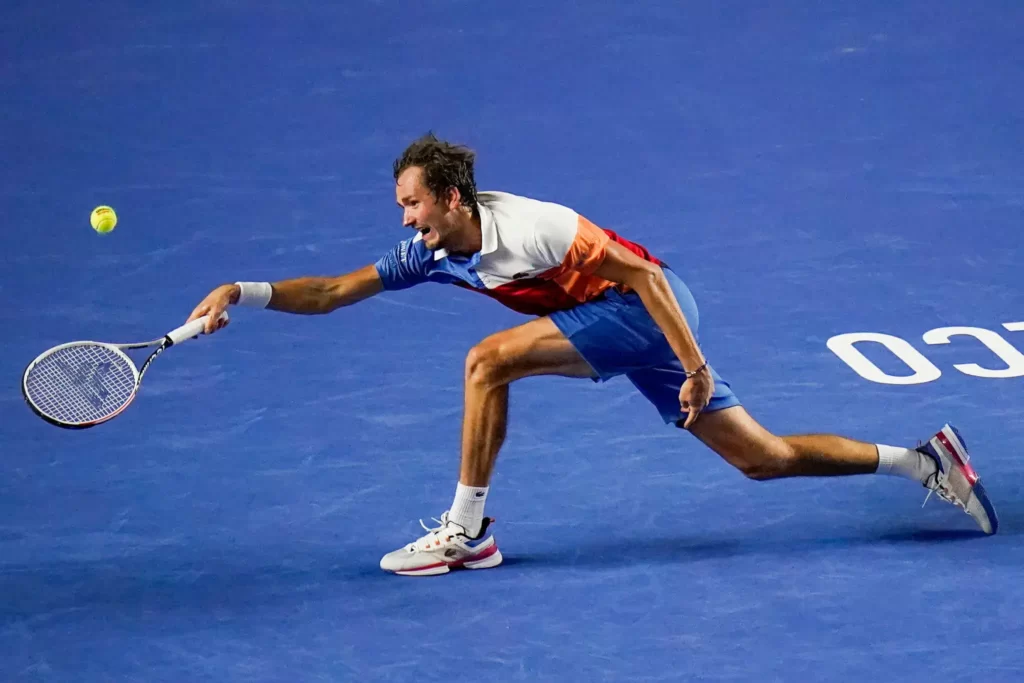
Your tennis betting results depend on the precise guidelines established by the bookmaker you used to place the bet. Before placing a bet, knowing the walkover laws is essential because bookmakers have different regulations.
a) Void Bets
Some bookmakers consider a walkover to be a void bet. What does that mean? It’s like pressing the reset button! No money is gained or lost, and your bet is repaid.
The bet was never made in the first place. Even if losing could be disappointing, you haven’t lost anything either.
b) Action Bets
On the other hand, some bookmakers still count a bet as “action” in the event of a walkover. How does this affect you? Your bet is still valid even if your selected player receives a walkover, and the result is decided using the odds provided.
So, if you had placed a bet on the player to win, you would have won, and if you had placed a bet on the person to lose, you probably got it: you lost.
Tips for Handling Walkovers in Tennis Betting
Tennis betting walkovers can be a little annoying, but don’t panic! Here are some valuable tips to get you through this scenario:
1. Stay Updated
Before placing a bet, keep up with the most recent news and player changes. Despite the unpredictability of illnesses and injuries, preparing might lessen the likelihood of receiving a walkover surprise.
2. Know the Bookmaker Rules
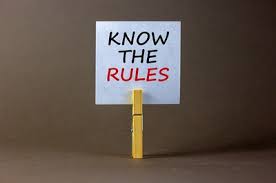
Make sure you are aware of the bookmaker’s walkover rules. Knowing how different bookies would handle walkovers is essential since other bookmakers may take them differently.
3. Consider Other Betting Options
Investigate different betting possibilities if you’re concerned that a walkover might damage your wager. You could make wagers that aren’t based merely on the result of a single game.
So, before you put your next tennis wager, keep yourself well-informed, familiarize yourself with the terms and conditions of the bookmaker, and be ready for the odd walkover twist.
Types of Walkovers in Tennis
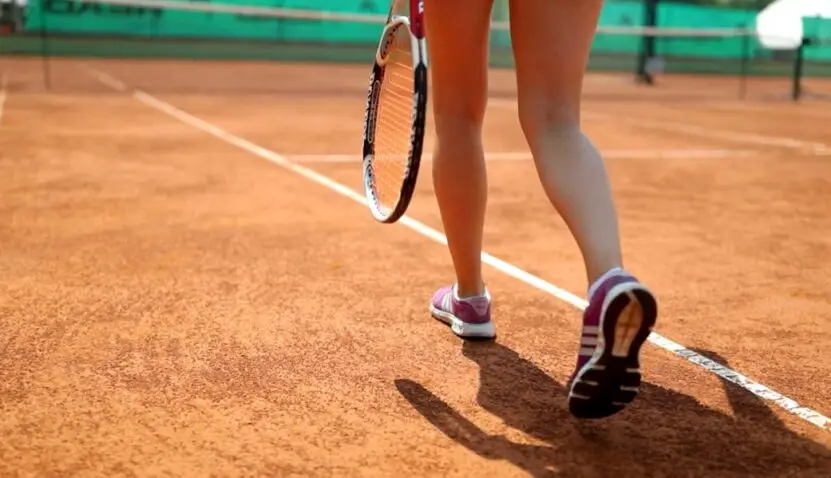
So now you have familiarized yourself with how a walkover affects your Tennis bet and also understand the main tips for handling walkovers, so let’s take a closer look at its types. There are various types of walkovers. There are several different walkovers in tennis, each with specific conditions and ramifications.
Withdrawal Walkover
One of the most typical walkovers in tennis is this one. It occurs when a competitor pulls out of a competition before their match because of an illness, an injury, or other personal factors.
Although it’s disappointing for the fans, sometimes health comes first! Players injured during a game might be able to finish it, especially if it happened late or they had adrenaline functioning as a natural painkiller.
Disqualification Walkover

A player gets disqualified from a competition when they engage in code violations, unsportsmanlike behavior, or other rule violations.
This is known as a disqualification walkover. It’s a stunning turn of events that might seriously harm the player’s reputation.
Scheduled Walkover
It’s true—walkovers can be scheduled in advance! Players occasionally decide to forego a match for tactical reasons, such as saving energy for more important games.
Double Walkover
Consider a double walkover where both players decide not to participate. It rarely happens When both contestants cannot compete in the match.
The Most Famous Walkovers in Tennis

Tennis walkovers can significantly impact the sport’s history, and some of them have even become legendary stories.
1. When Serena Williams Gave a Walkover
Serena Williams withdrew from the French Open in 2018 owing to an injury before her eagerly anticipated match versus Maria Sharapova. Fans were heartbroken because they were looking forward to watching the heated rivalry.
2. The Emotional Withdrawal of Novak Djokovic
A teenage Novak Djokovic faced a walkover in 2007 at Wimbledon after his opponent, Mario Ancic, quit the match in the middle of it. While acknowledging his opponent’s suffering and displaying his enthusiasm for the game, Novak was clearly emotional.
3. Roger Federer’s Unexpected Forfeit

One of tennis’s best figures, Roger Federer, withdrew from the French Open in 2020 due to injury, skipping his first Grand Slam event in over 20 years.
4. Maria Sharapova’s Early Exit
In 2019, spectators were unhappy as they missed watching the two best players compete after Maria Sharapova withdrew from the Miami Open just before her match versus Ashleigh Barty.
If you want more information about this topic or have any other questions, you can review the queries I have covered here. Just have a look.
Frequently Asked Questions
Can a walkover happen in the final of a tennis tournament?
Absolutely! Walkovers can happen at any stage of a tennis tournament, including the final. Imagine the anticipation of a championship match, only for one player to withdraw at the last moment.
Do walkovers impact a player’s ranking?
Yes, walkovers can impact a player’s ranking, as they affect the number of matches played and won, which are factors in determining a player’s ranking.
What’s the difference between a walkover and a default in tennis?
While both involve one player not completing a match, a walkover occurs when a player willingly withdraws, while a default happens when a player is disqualified due to rule violations.
Can a walkover lead to a player’s disqualification from the entire tournament?
In some instances, if a player repeatedly withdraws from matches without a valid reason, they may face penalties or disqualification from the entire tournament.
Are there any famous walkovers in Grand Slam history?
Yes, Grand Slam tournaments have witnessed notable walkovers, like Rafael Nadal’s withdrawal from the 2014 US Open due to injury. Such events can significantly impact the tournament’s dynamics.
Conclusion
There you have it, Tennis walkovers may be unanticipated curveballs that affect players and bettors equally, but they are a necessary component of the game. Walkovers, which can range from withdrawals to disqualifications, can have an impact on tennis history and lend the game’s beloved unpredictability.





